How the Sweet Sixteen teams got their nicknames

Marisa Tomei winning an Oscar wasn't the only great thing to come from the motion picture "My Cousin Vinny."
There's a line from the judge in that film (performed brilliantly by Fred Gwynne) where he, upon mishearing something Vinny Gambini (played by Joe Pesci) said, asked "What is a Ute?" (very liberal spelling)
That line serves as the inspiration for this post.
Presented at a time when the remaining NCAA tournament teams are being analyzed and overanalyzed during the three days between games, here are the inspirations behind the nicknames of each of the Sweet Sixteen teams.
The Wildcats of the University of Arizona
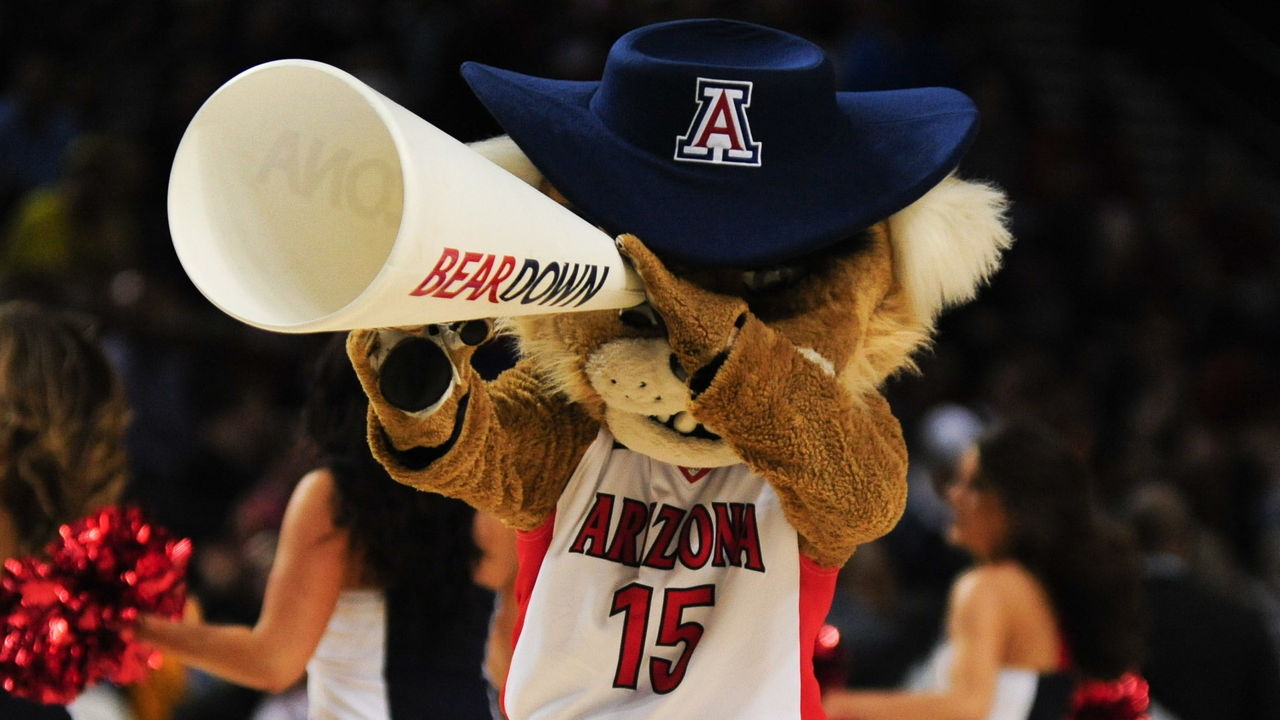
Following a 1914 football game with Occidental College, the California champions of the time, an article in the L.A. Times asserted that Arizona "showed the fight of wildcats."
The school's first mascot was a live desert bobcat, but costumed student mascots have since taken over.
The Blue Devils of Duke University
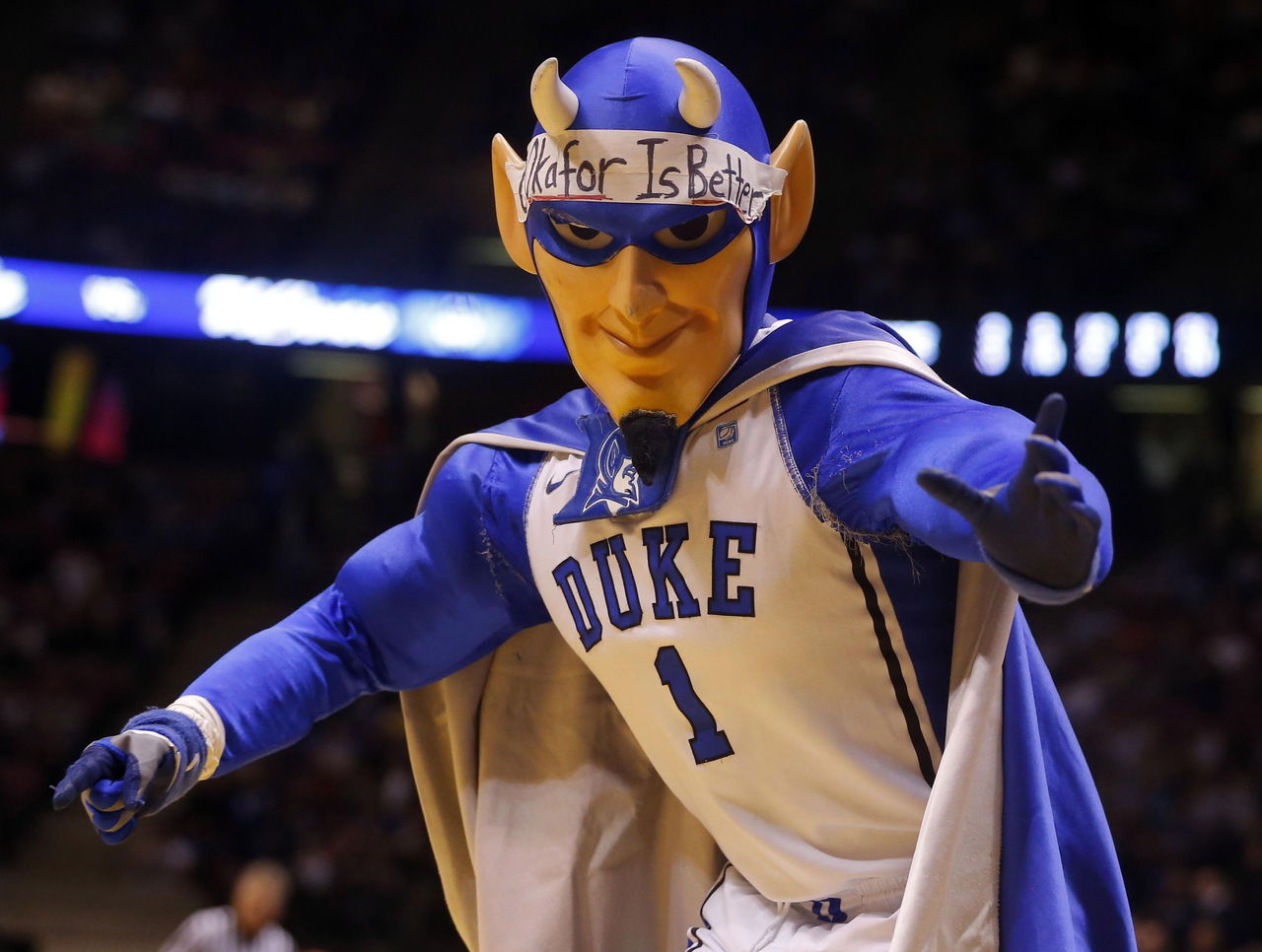
During World War I, a group of French soldiers nicknamed les Diables Bleus won accolades for their courage. When the United States entered the war, the French Blue Devils toured the country to help raise money for the war effort.
In September, 1921, the student newspaper at Trinity College (which became Duke University in 1924) launched a campaign looking for a nickname for when the school engaged in intercollegiate competition. Numerous suggestions were made, and the newspaper editors urged for a selection from those options that played off the school color of dark blue.
After the democratic nomination and subsequent vote were inconclusive, the editors of two student publications began referring to the athletic teams as Blue Devils to start the academic year 1922-23. As that year’s student body was full of returning war veterans, the name needed no explanation.
While the name was unpopular - the school’s other publications and cheerleaders didn't use the name that first year - the newspaper staff continued to use it, and Blue Devils eventually caught on.
The Bulldogs of Gonzaga University
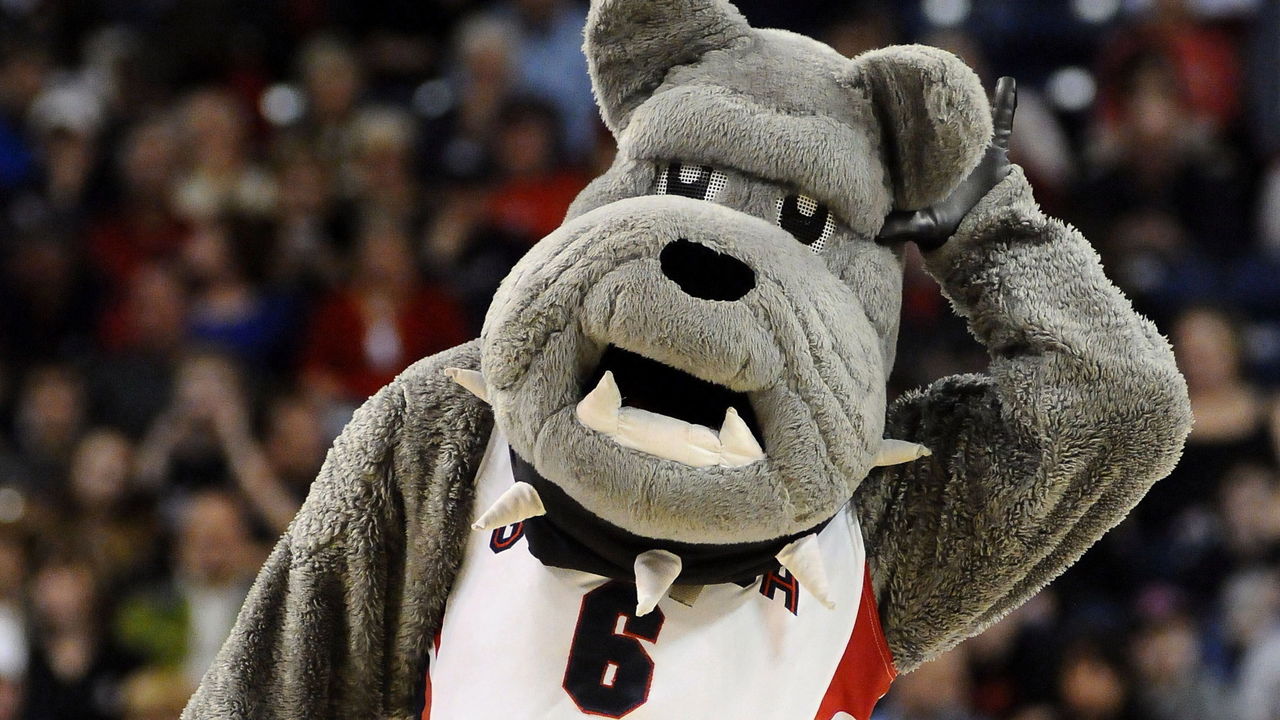
Gonzaga’s athletic teams have competed under the nicknames Blue and Whites and, interestingly enough, The Fighting Irish. After a football game in 1921, a reporter wrote the Gonzaga players fought like bulldogs, and the name stuck.
Live bulldogs served as the school’s mascot in the early days, but costumed students have since taken the mantle.
The Wildcats of the University of Kentucky
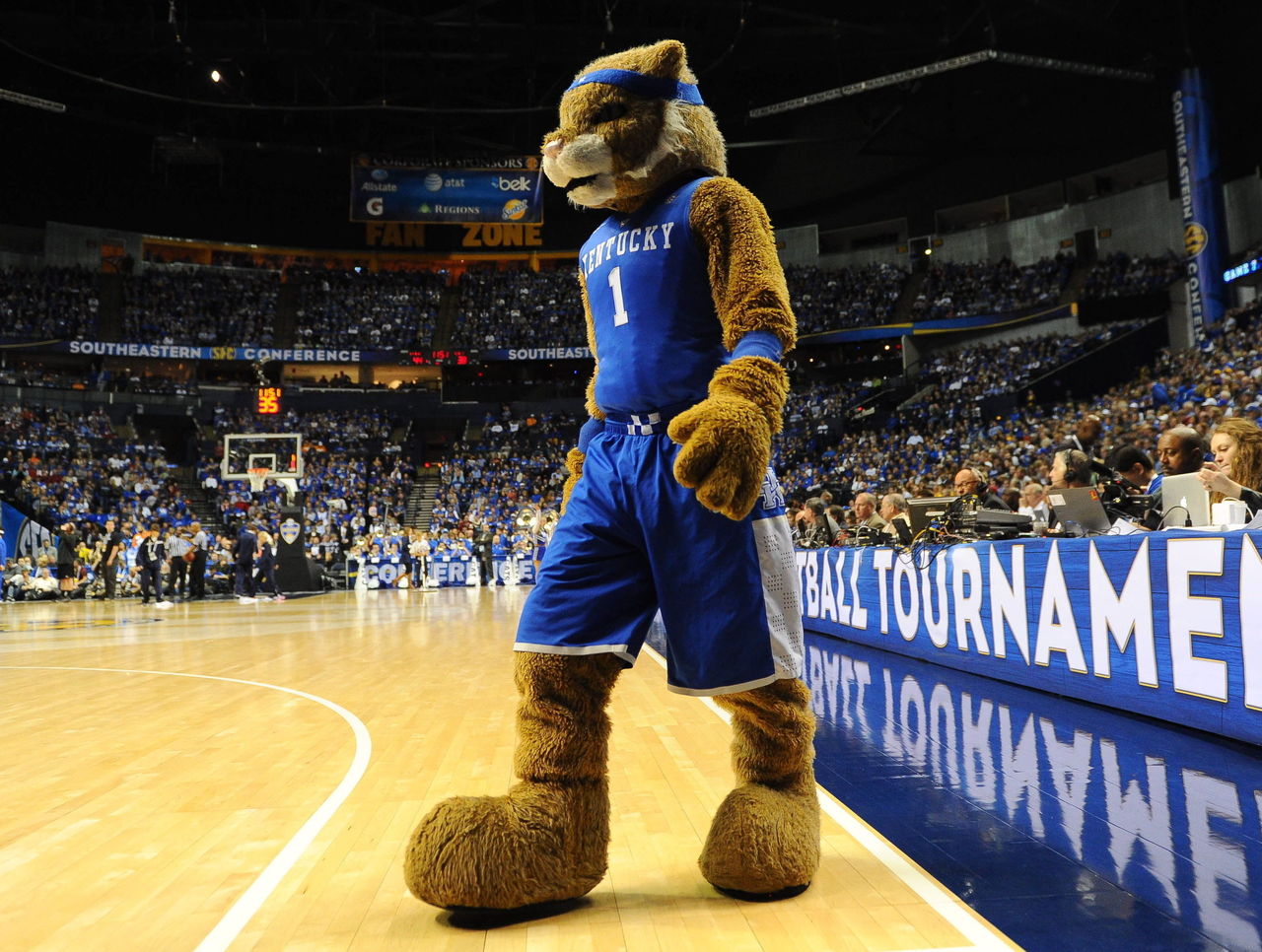
Following a 6-2 football road victory over Illinois on October 9, 1909, Commandant Philip W. Corbuiser told a group of Kentucky students in a chapel service following the game the team "fought like Wildcats." The name gained traction among fans and members of the media and was eventually adopted by the university.
The Cardinals of the University of Louisville
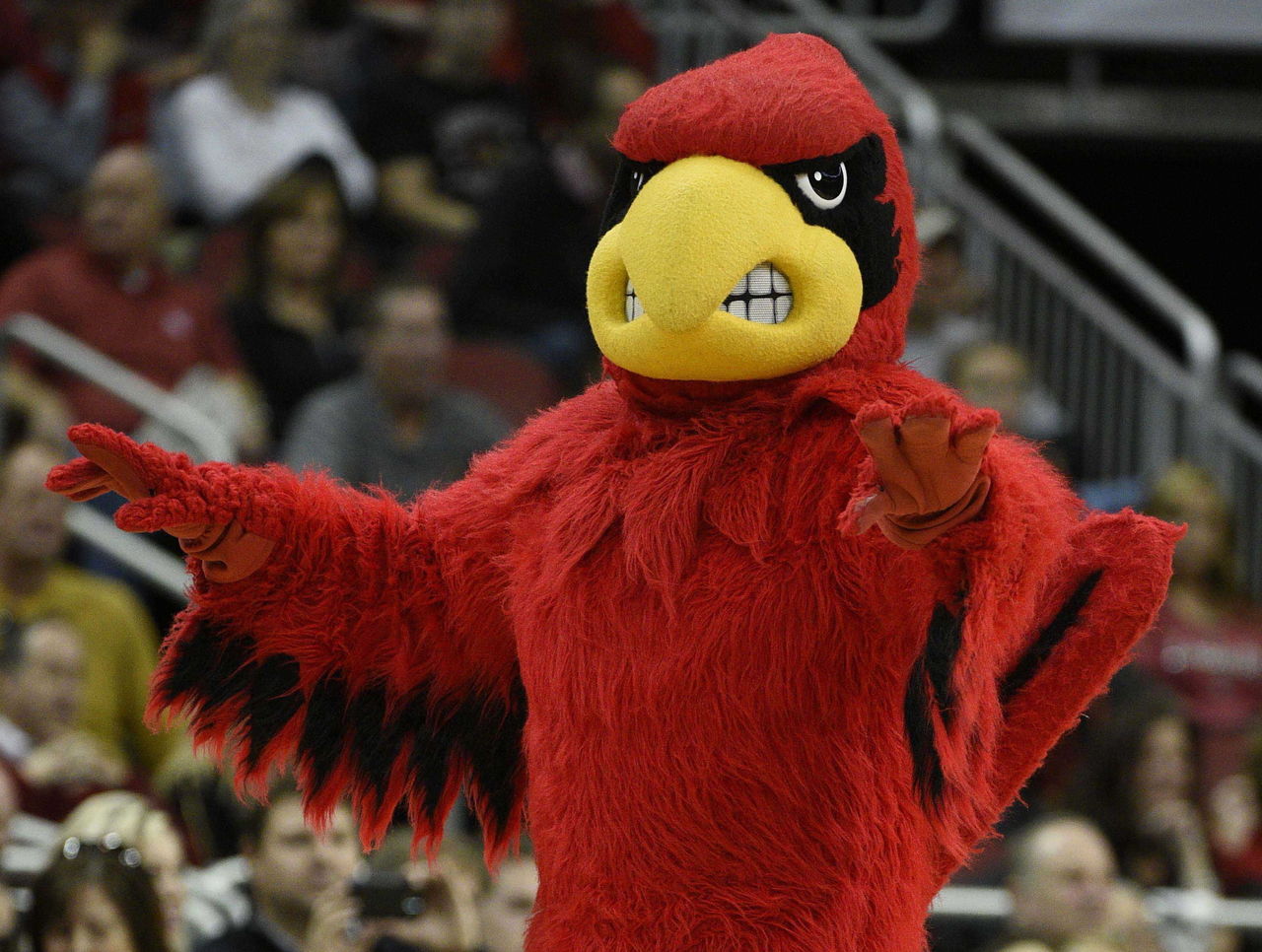
The Cardinal is the state bird of Kentucky. The University of Louisville adopted the Cardinal as its athletic symbol sometime after 1913 as a way to give the university statewide identification.
In 1952, two cheerleaders created a cloth Cardinal head in the home economics department, and with that, the mascot was brought to life.
The Spartans of Michigan State University
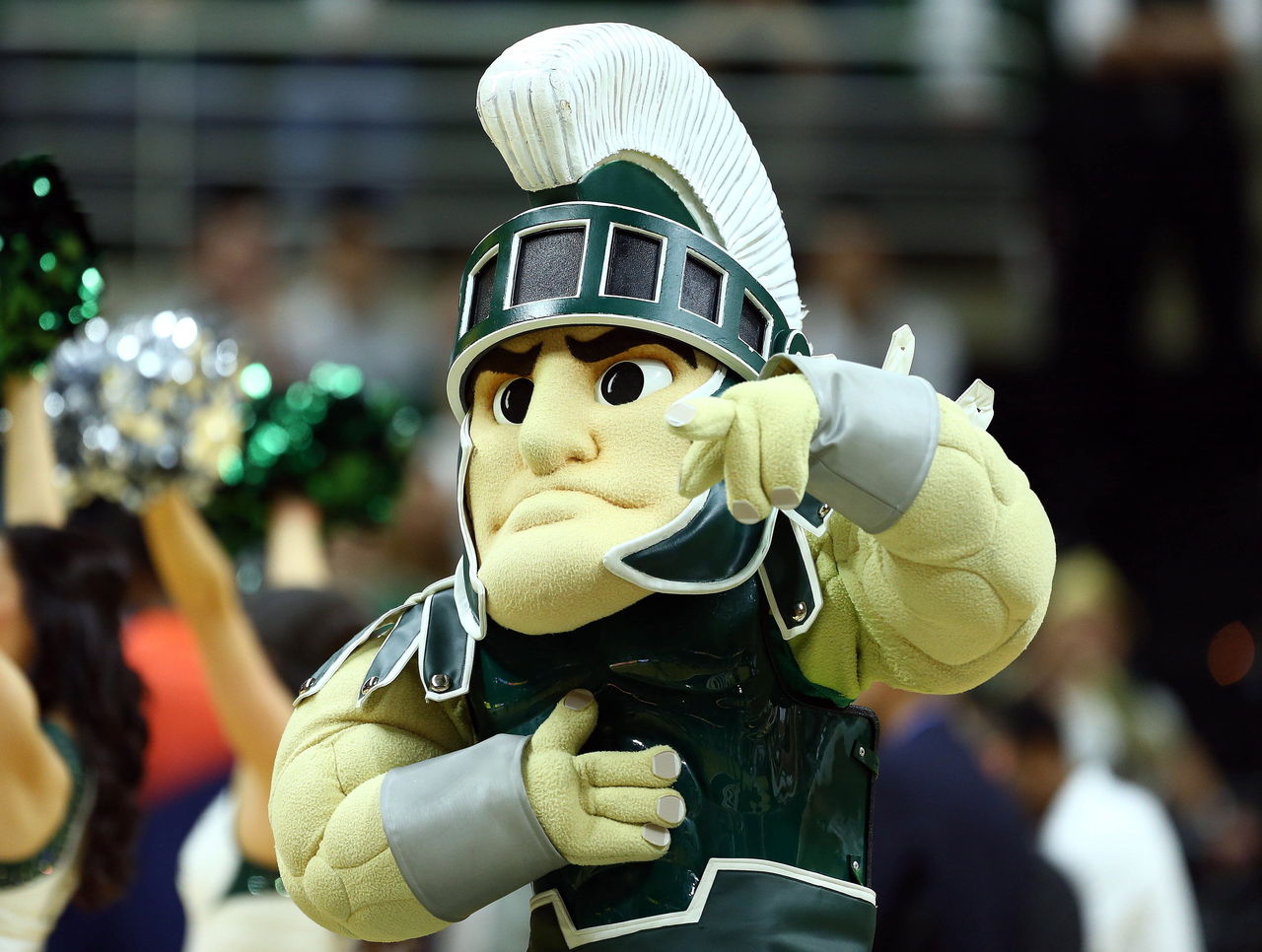
In 1925, Michigan Agricultural College became Michigan State College, and the school sponsored a contest to select a new nickname to replace Aggies. The resulting name was The Michigan Staters.
George S. Alderton, the sports editor of the Lansing State Journal at the time, didn’t translate well to his medium, and became determined to find a better one. Alderton was given access to the entries that remained from the contest, and Spartans caught his eye.
Alderton used the nickname in his publication, and after a couple of days it caught on and began appearing in other newspapers, including the student publication.
The Tar Heels of the University of North Carolina
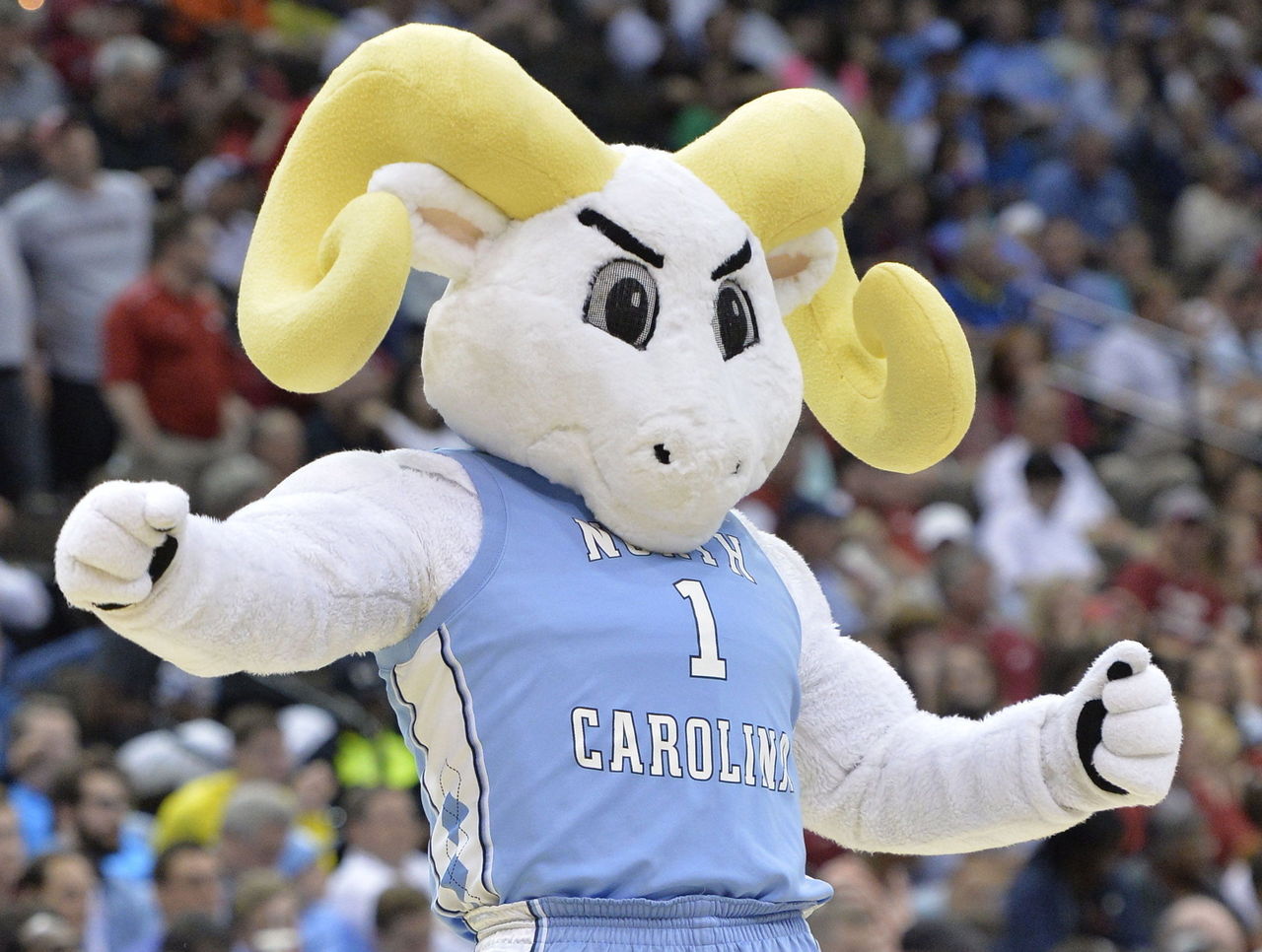
There are two possible roots for this nickname, the first of which comes from the Revolutionary War. After crossing a river in eastern North Carolina, troops of British General Charles Cornwallis discovered their feet were covered with tar - a product of North Carolina's abundant pine trees, which represented one of the state's most important exports at the time.
The other possible inspiration comes from the Civil War. A group of North Carolina soldiers threatened to stick tar on the heels of retreating soldiers who left the battlefield when the going got tough. General Robert E. Lee is believed to have said "God bless the Tar Heel boys!"
The Tar Heels' mascot is Rameses the ram. In 1922, star fullback Jack Merritt was given the nickname The Battering Ram. In 1924, North Carolina's head cheerleader was given $25 to purchase a ram and one was shipped in from Texas in time for the next pep rally.
The Wolfpack of North Carolina State University
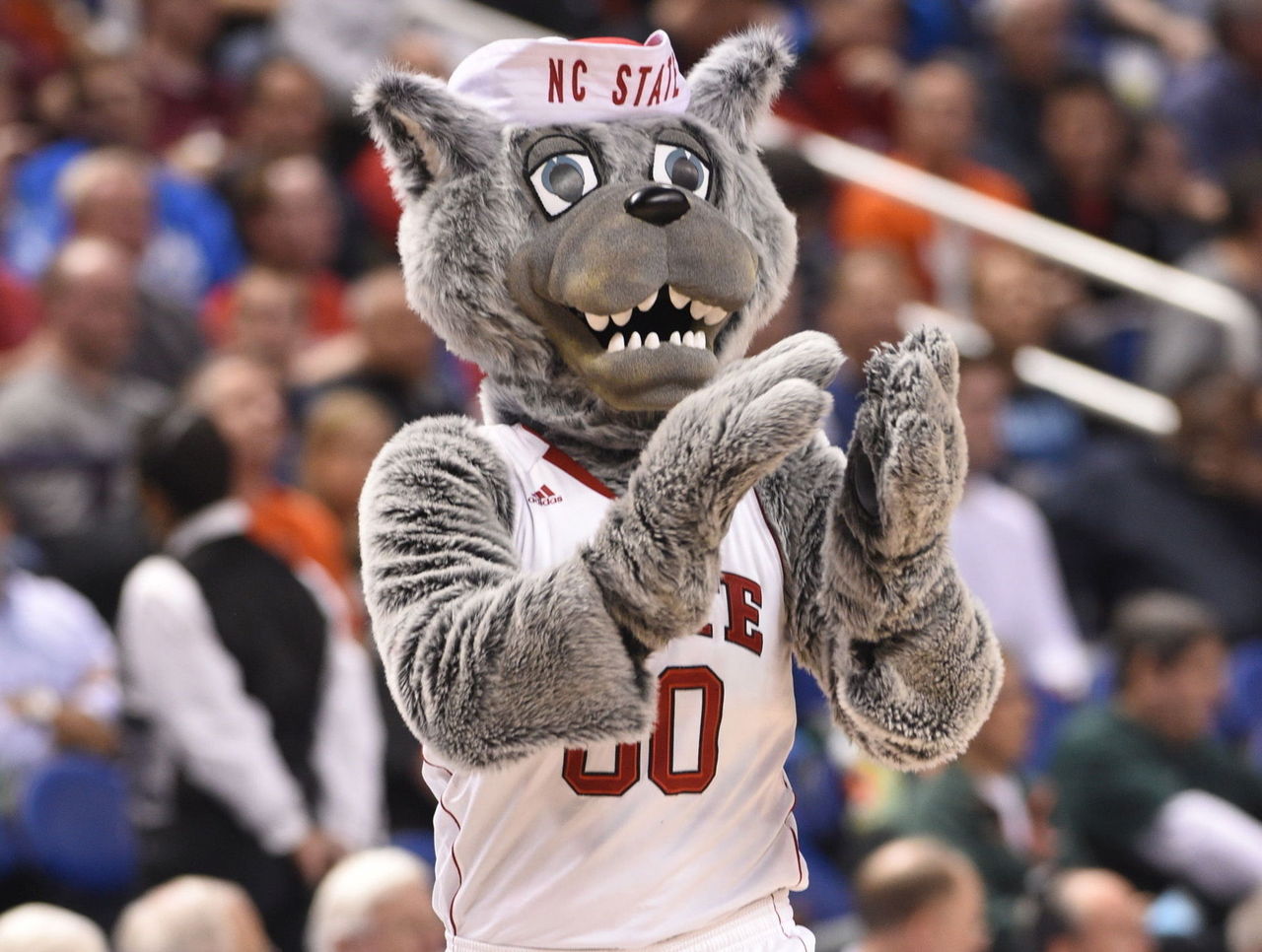
The nickname Wolfpack was first used for the NC State football team when, in 1921, an alumnus wrote to the school complaining the team was “unruly as a pack of wolves.”
In 1946, university chancellor J.W. Harrelson asked students to come up with a new name, as he didn't care for the term Wolfpack because it was also the name of a German U-boat formation used in World War II. Despite this direction, the student body voted to keep the name.
All NC State athletics teams adopted the name Wolfpack in 1947. Prior to that, only the football team used the name, and all other sports teams were called the Red Terrors.
The Fighting Irish of the University of Notre Dame
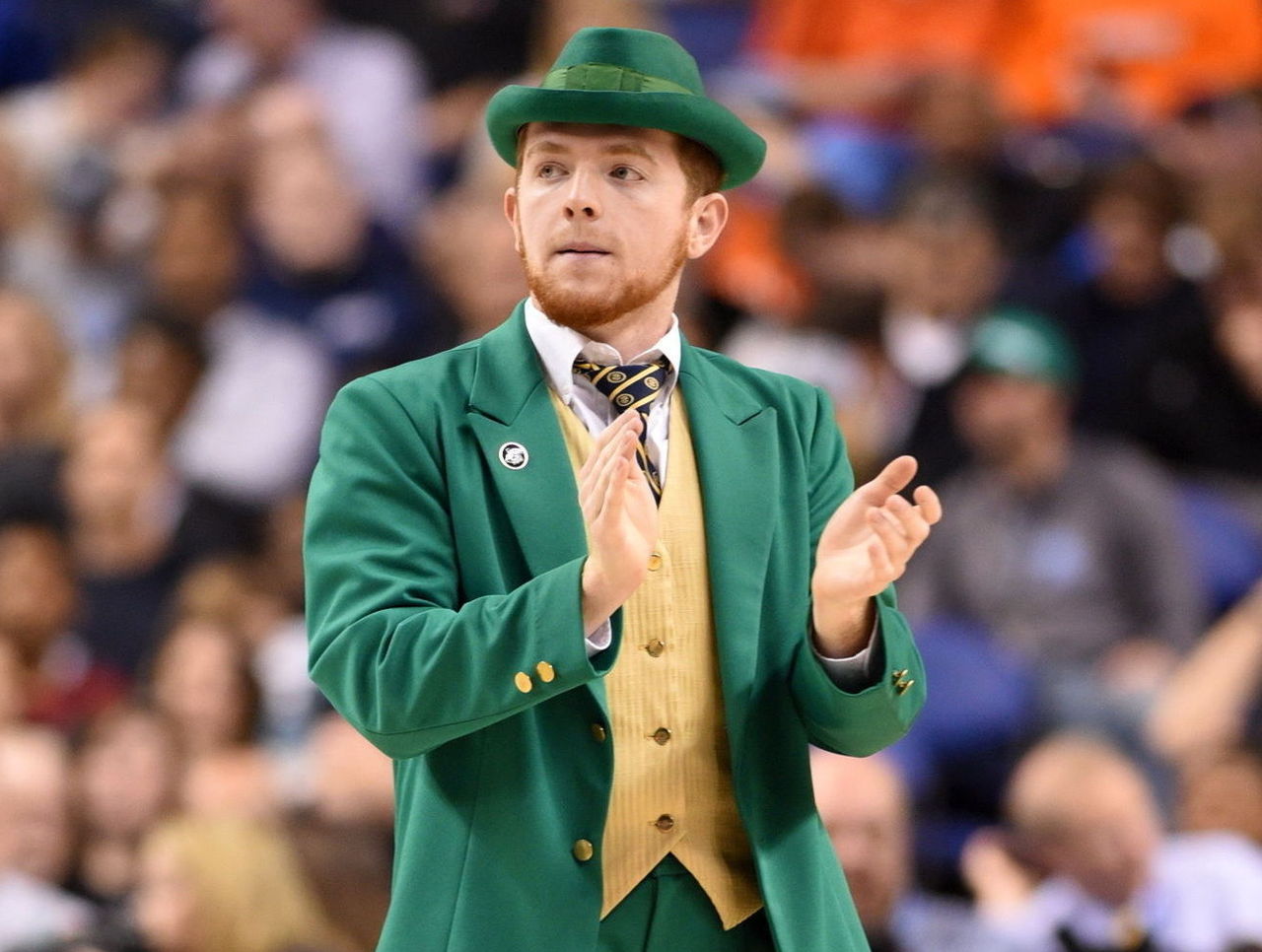
The moniker is believed to be rooted in a slur, dating back to the 19th century.
Notre Dame began athletic competition largely with other local colleges founded by various religious denominations. Press reports would refer to the schools as the Baptists or the Methodists. Notre Dame was referred to as the Catholics or the Irish.
After the religious origin at other schools lost its significance, Irish stuck with Notre Dame. While outsiders used the term to scorn the school, Notre Dame claimed it as a badge of honor.
Notre Dame athletic teams competed under the nickname Catholics in the 1800s and then the Ramblers in the 1920s before university president Rev. Matthew Walsh, C. S. C., officially took on the nickname Fighting Irish in 1927.
The Sooners of the University of Oklahoma
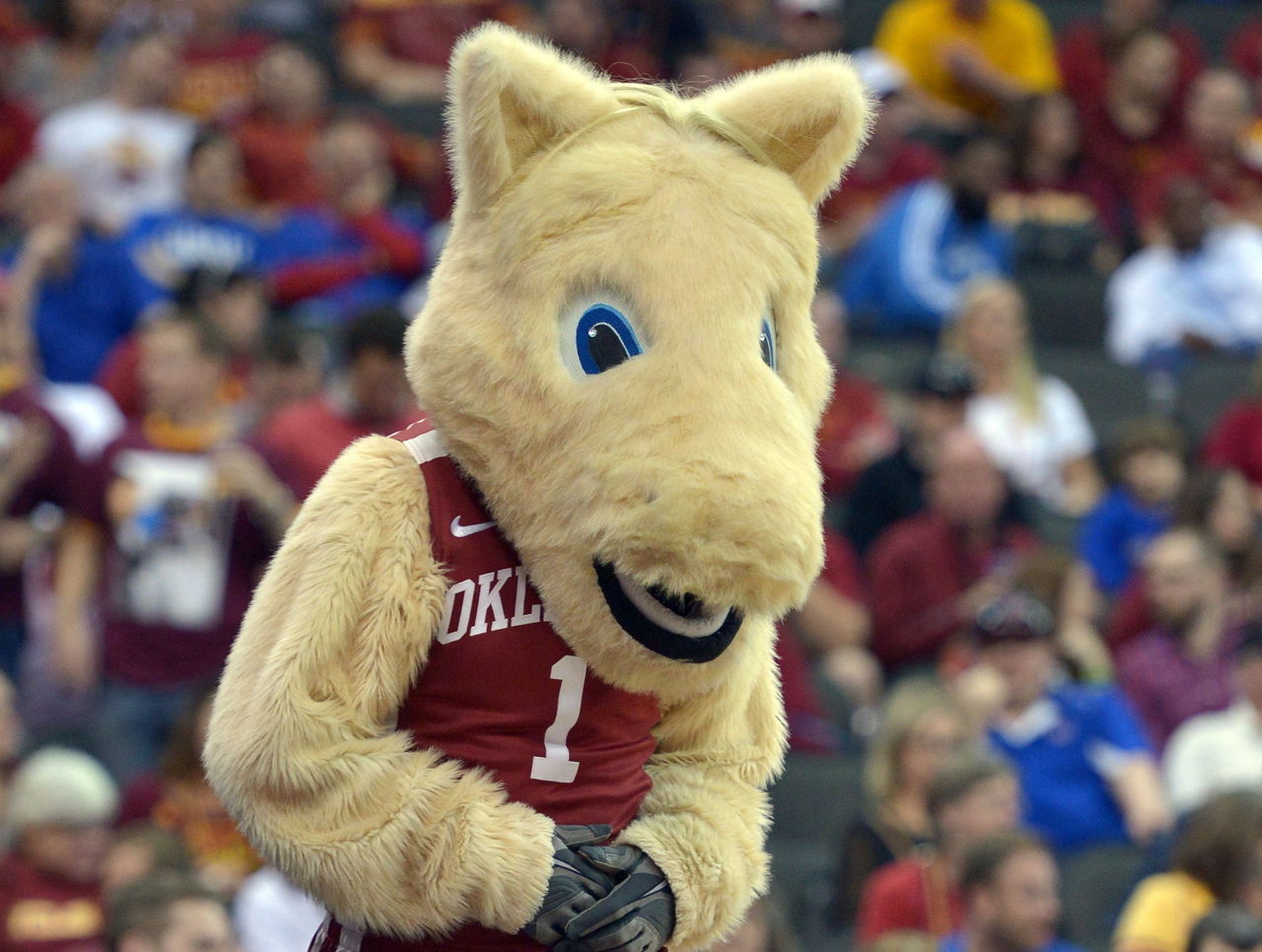
Sooners was the name given to settlers from the Southern United States who entered land in what is now the state of Oklahoma before President Grover Cleveland officially proclaimed them open to settlement.
Oklahoma athletics teams were called Rough Riders or Boomers for 10 years before the Sooner nickname was derived from the name of a pep club called The Sooner Rooters.
Boomer and Sooner are the two costumed mascots of the university. They represent the two creme white ponies that pull the Sooner Schooner, a Conestoga wagon, across the football field in a victory ride after every Oklahoma score.
The Bruins of the University of California, Los Angeles
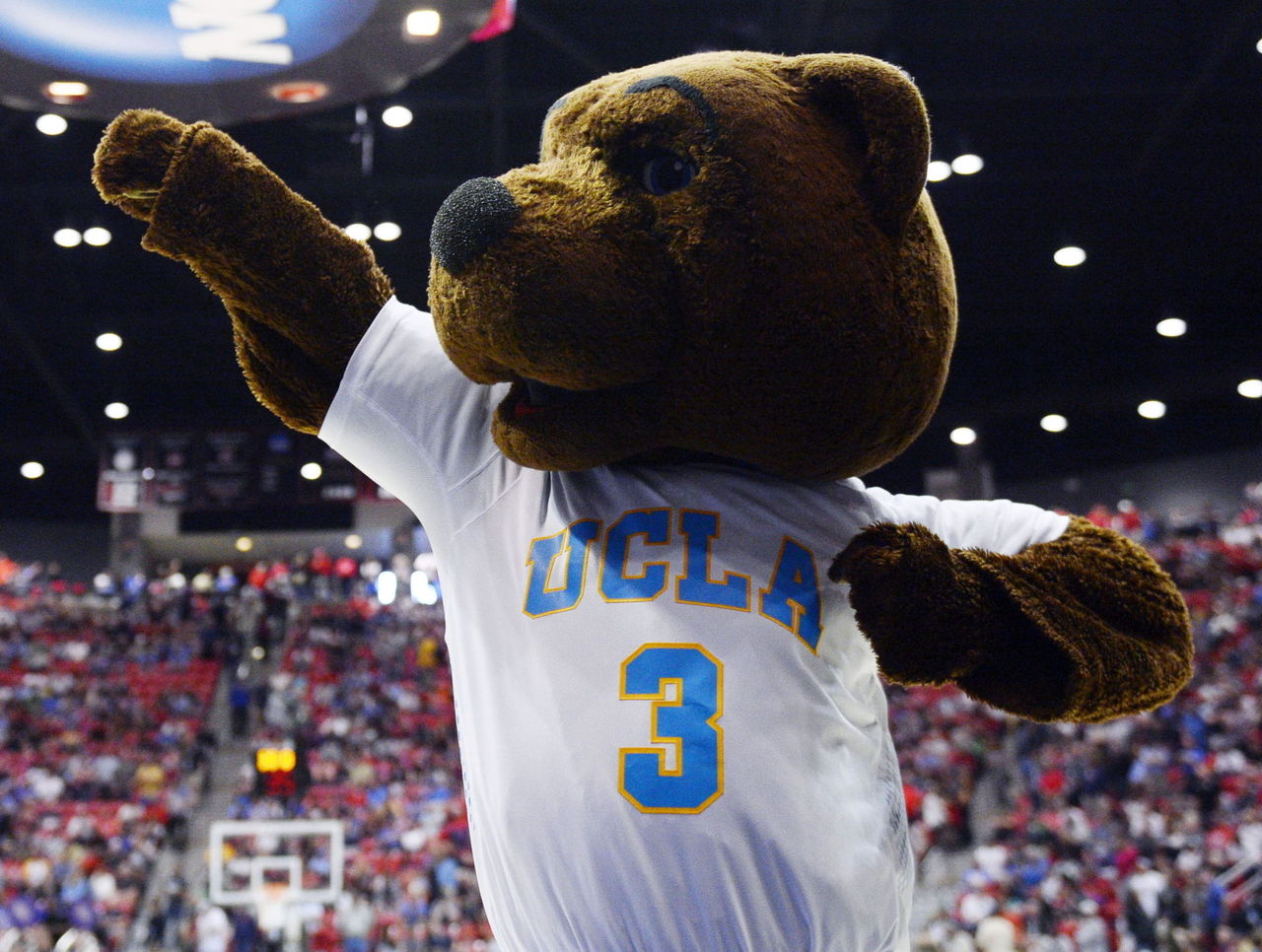
UCLA athletes originally played under the nicknames Cubs, which served as a nod to the university’s lack of pedigree. In 1924, the moniker Grizzly was adopted. That didn't last long, as in 1926 UCLA was blocked from using the nickname by the University of Montana, which already used the name. That left UCLA once again looking for a nickname.
At the time, UC Berkeley used both Bears and Bruins as its nickname. Berkeley’s student leaders voted and gave up the Bruins moniker, and with that, UCLA had its nickname.
In the early days, UCLA’s mascots were live bears, but costumed student mascots took over in the mid-1960s.
The Utes of the University of Utah
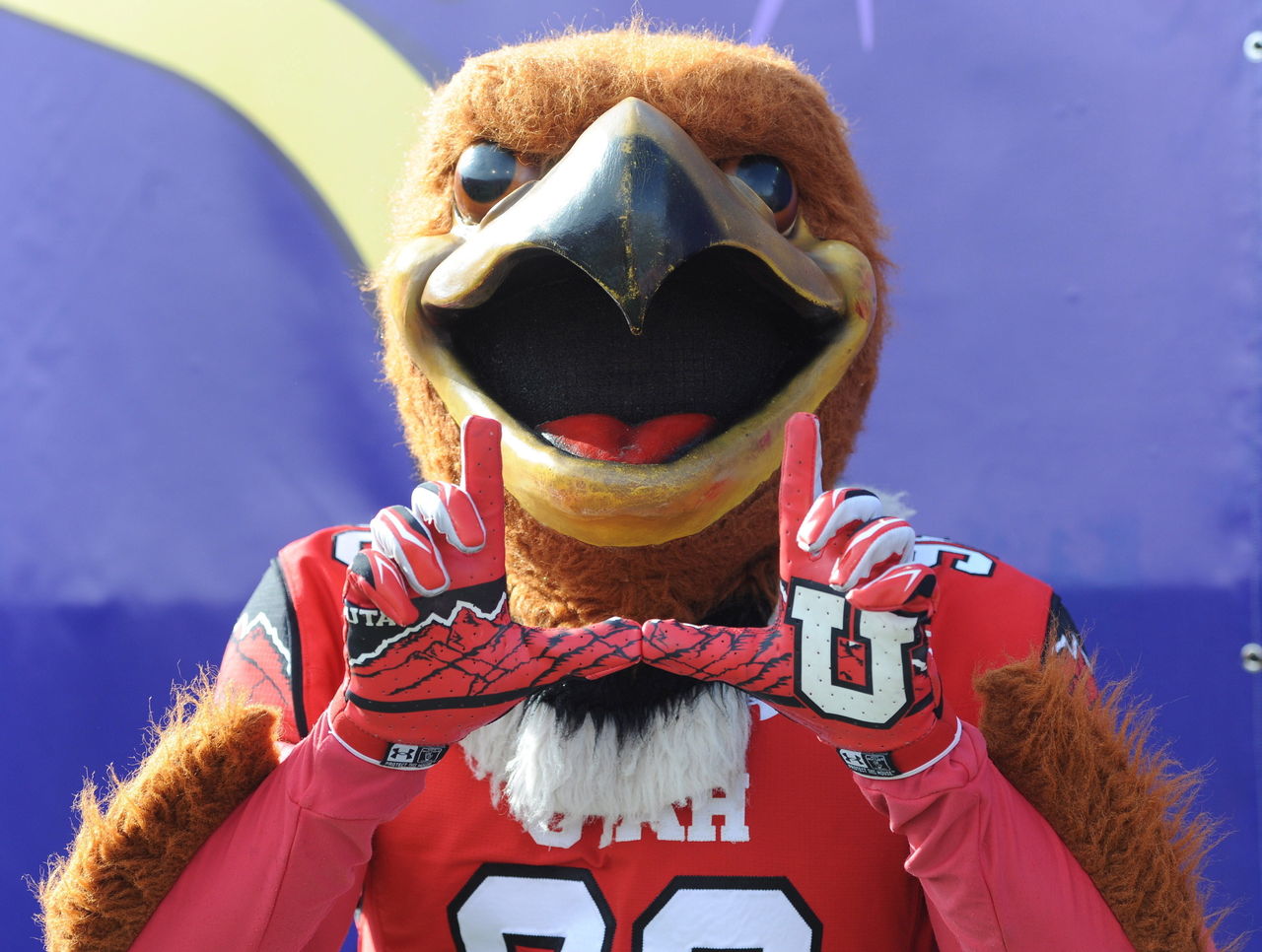
University of Utah athletics teams are known as Utes in honor of the American Indian tribe for which the state is named. According to the language of the Ute tribe, the word "Ute" means "Land of the sun."
The university's mascot is Swoop, which represents a red-tailed hawk, a bird indigenous to the state of Utah.
The Mountaineers of West Virginia University
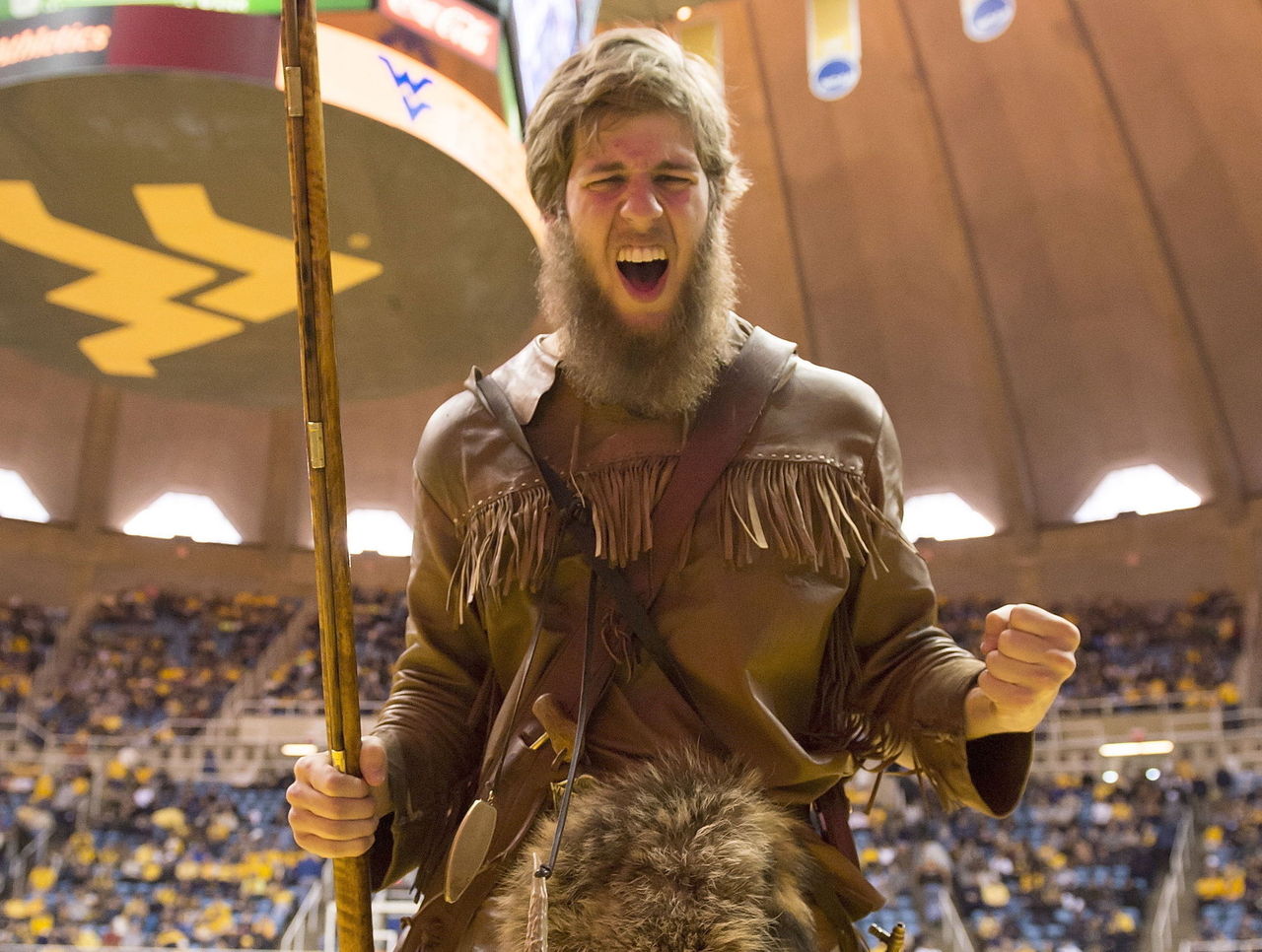
West Virginia's official nickname is The Mountain State, which was adopted by state lawmakers because of the section of Allegheny Mountains which comprise over 10 percent of the land area in the state.
In 1890, the Mountaineer was adopted as the official school mascot, and began to appear at sporting events during the 1934-35 school year.
The Mountaineer is selected each year by the senior honorary. The costume is tailored to fit each winner, who is also provided a coonskin cap and period rifle.
The Shockers of Wichita State University
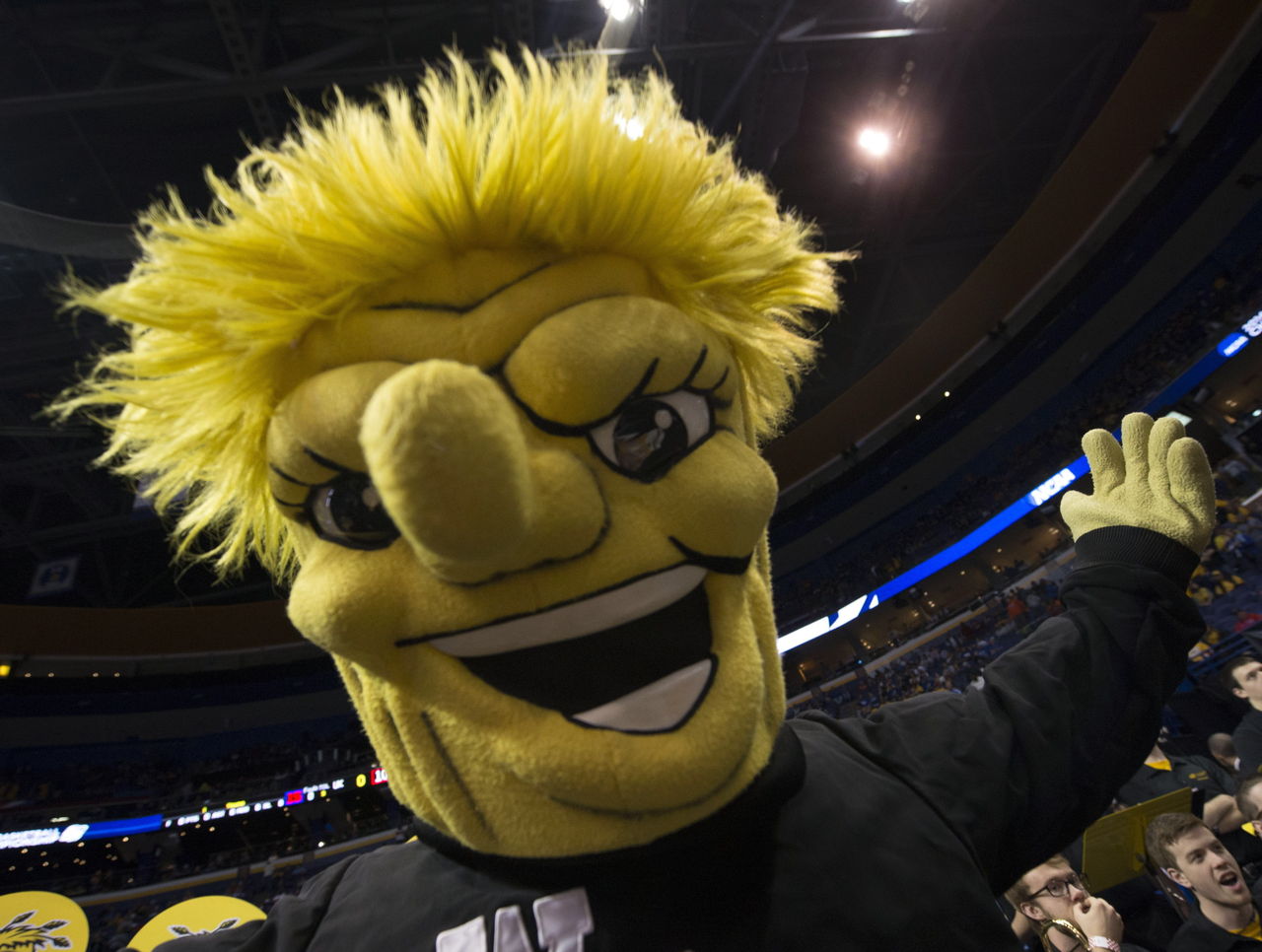
Legend has it the nickname Shockers caught on with the fan base of what was then Fairmount College in 1904, though it was never officially adopted by the school. The name is a nod to players at the time, many of whom earned money by harvesting, or shocking, wheat in nearby fields during the offseason. When Fairmount became the Municipal University of Wichita in 1926, the nickname was officially adopted.
The school's mascot is WuShock, a student-created muscle-bound bundle of wheat whose name dates back to when the school was known as Wichita University, or WU.
The Badgers of the University of Wisconsin-Madison
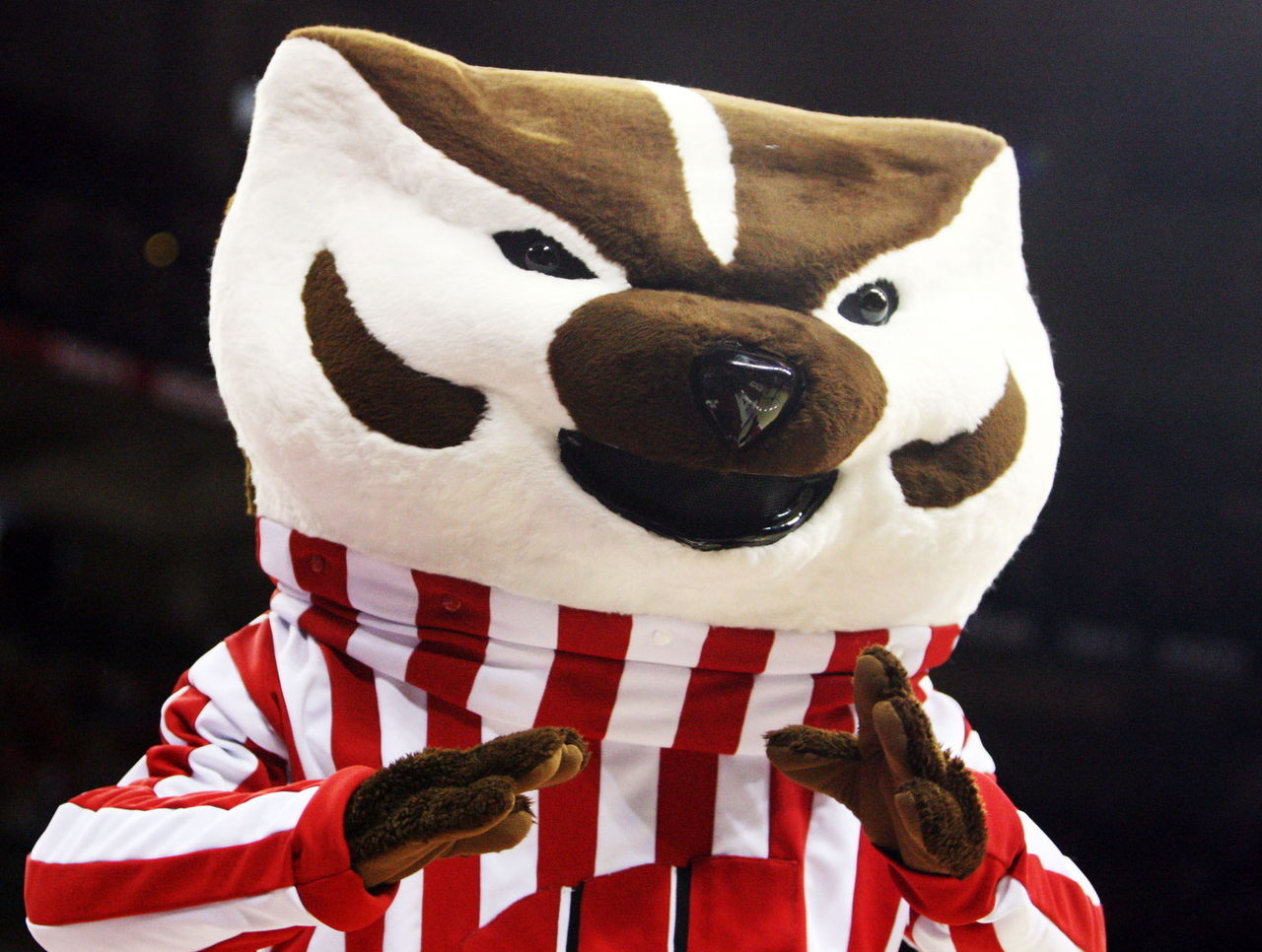
The official nickname of the state of Wisconsin is the Badger State. The name doesn't come from the animals, but rather from lead miners of the 1820s.
Prospectors that came to the state looking for minerals were left without shelter in the winter. In an effort to establish housing near the mines, the miners burrowed into hillsides to create makeshift shelters, much in the way a badger would.
The university adopted the nickname with the inception of intercollegiate football in 1889. A student first wore a badger outfit with a papier-mache head at the homecoming game in 1949.
The Musketeers of Xavier University
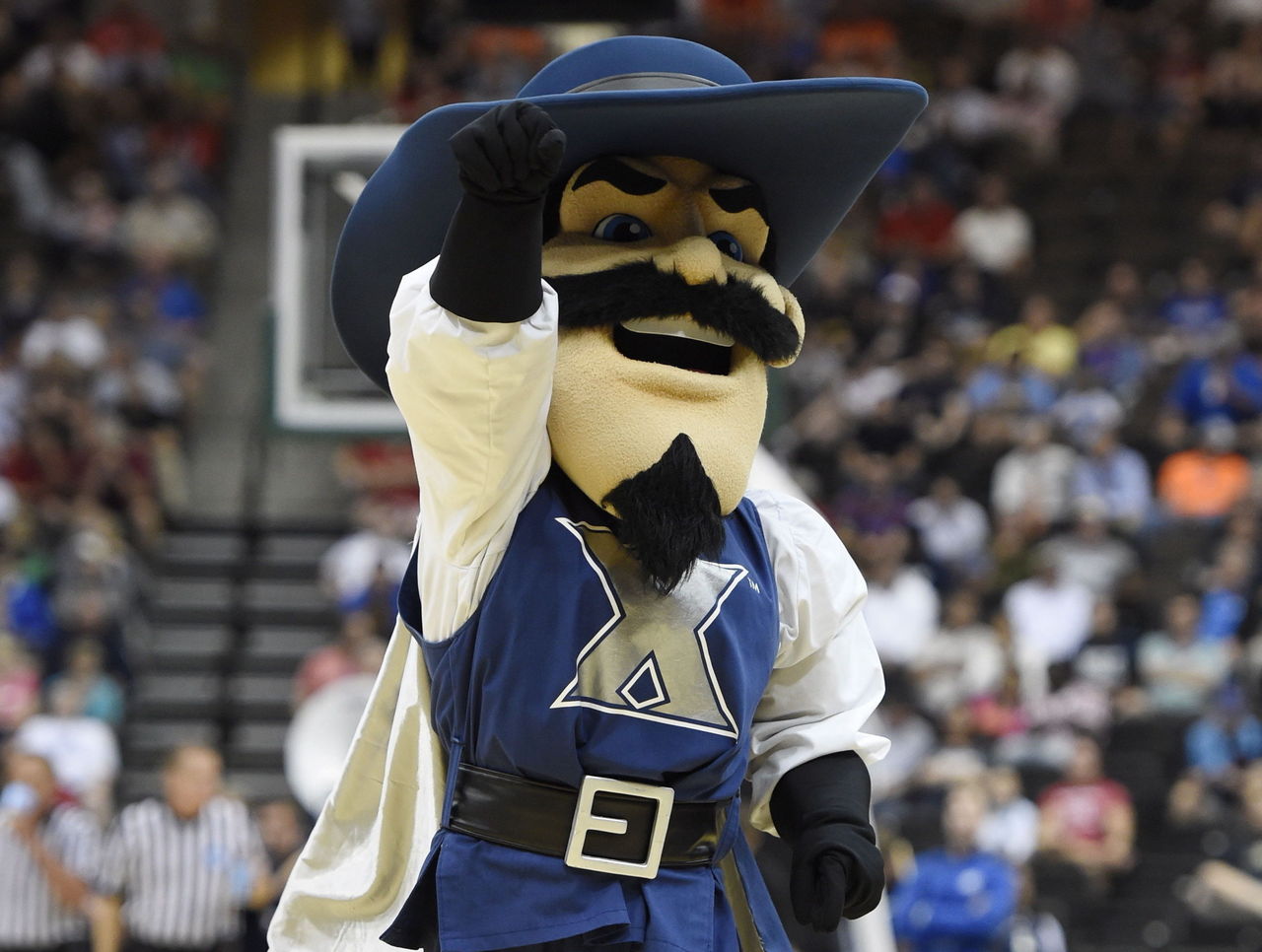
Xavier adopted the Musketeer as its mascot on the suggestion of Reverend Francis J. Finn, S.J. in response to a directive from the university's trustees. The name provides the school permanent recognition to its strong ties with French origins and culture.
The mascot, D'Artagnan, has gone through many changes through the years. The current version was unveiled at the start of the 2004-05 basketball season.
HEADLINES
- Former NBA 2nd-round pick Nnaji joins Baylor with immediate eligibility
- Dybantsa gets 30-point triple-double to lead No. 10 BYU past Eastern Washington
- No. 1 Arizona runs away from Bethune-Cookman for dominant win
- No. 20 Illinois crushes Missouri for biggest blowout in Braggin' Rights rivalry
- Wilson leads No. 12 North Carolina to rout of East Carolina